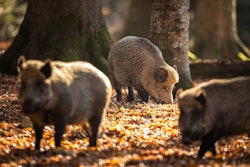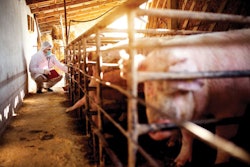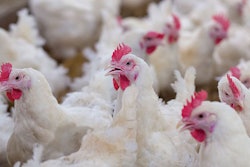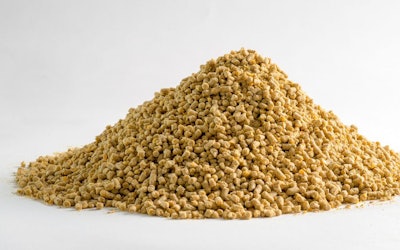
Cattle feed production sees the biggest drop while poultry feed production sees its first decrease in several years
Compound feed production in the European Union is expected to fall in 2020 by 2.2%, due to the coronavirus (COVID-19) pandemic and a shift in consumer demand, according to the European Compound Feed Manufacturers’ Federation (FEFAC).
Compound feed production in the 27 EU states and the United Kingdom (U.K.) this year is estimated at 161.4 million metric tons, with all main feed categories set to decrease.
In its report, FEFAC said the decrease is mainly “a result of the combined indirect impact of COVID-19 affecting consumer demand for products of animal origin and the direct effects of the spread of animal diseases” including African swine fever (ASF) and avian influenza.
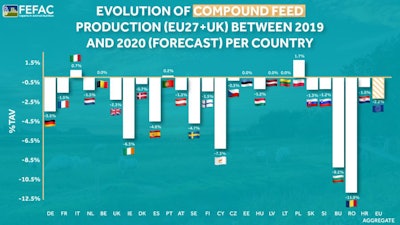 Courtesy FEFAC
Courtesy FEFACCattle feed most affected
Cattle feed production is expected to decrease by 2.9% from 2019. FEFAC said the cattle feed sector has been affected most by measures taken in the EU to try to contain COVID-19, particularly the closure of hotels, restaurants and catering businesses.
“The decreased demand for more expensive cuts of meat, like veal, fresh meat and added-value dairy products, have impacted the whole supply chain,” FEFAC said. “Farmers have reduced usage of compound feed in their feed rations, in order to reduce milk output and slowing growth of livestock.”
Eastern Europe, on the other hand, saw increased feed demand because of drought conditions that led to poor forage harvests, but that only partially compensated for the decreased demand elsewhere.
Poultry feed production sees rare decrease
After several years of increases, EU poultry feed production is expected to fall 2.7%.
“The poultry sector reacted to the COVID-19 lockdown measures launched in spring 2020 by reducing its production, leading to significantly lower demand for poultry feed,” FEFAC said. “Following a period of partial recovery during the summer months, a further decrease is expected by the end of the year, mainly in Romania, Ireland and Spain.”
Outbreaks of avian influenza in several parts of Europe could add to the difficulties for the poultry sector.
“Poultry feed production may possibly lose its position as leading segment EU industrial compound feed production to pig feed, for the first time after more than a decade, as a result of a continuous downward trend,” the report said.
ASF’s effects on pig feed production
Pig feed production is forecast to decrease by 1.1%, due to the effects of ASF and its recent discovery in wild boars in Germany that prompted China to ban pig meat imports from that country.
“A knock-on effect of the ban is that pig meat initially destined for export to China will stay in Europe, impacting pig feed production,” FEFAC said. “On top of ASF, some member states, (e.g. The Netherlands), are depopulating their pig herds in order to lower agricultural environmental emissions.”
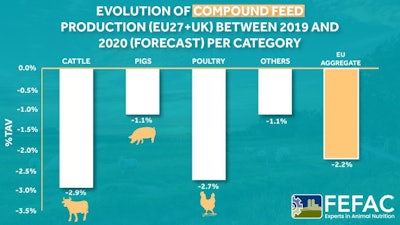 Courtesy FEFAC
Courtesy FEFAC

